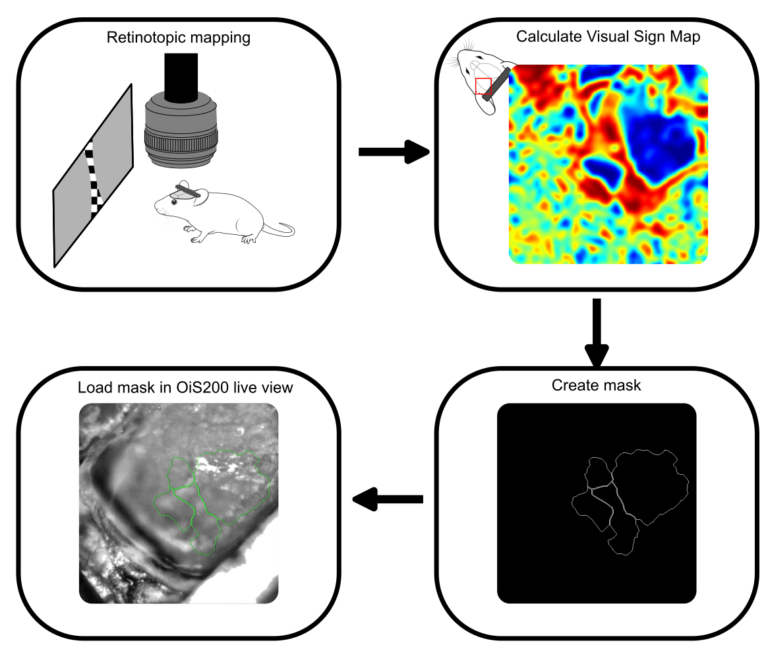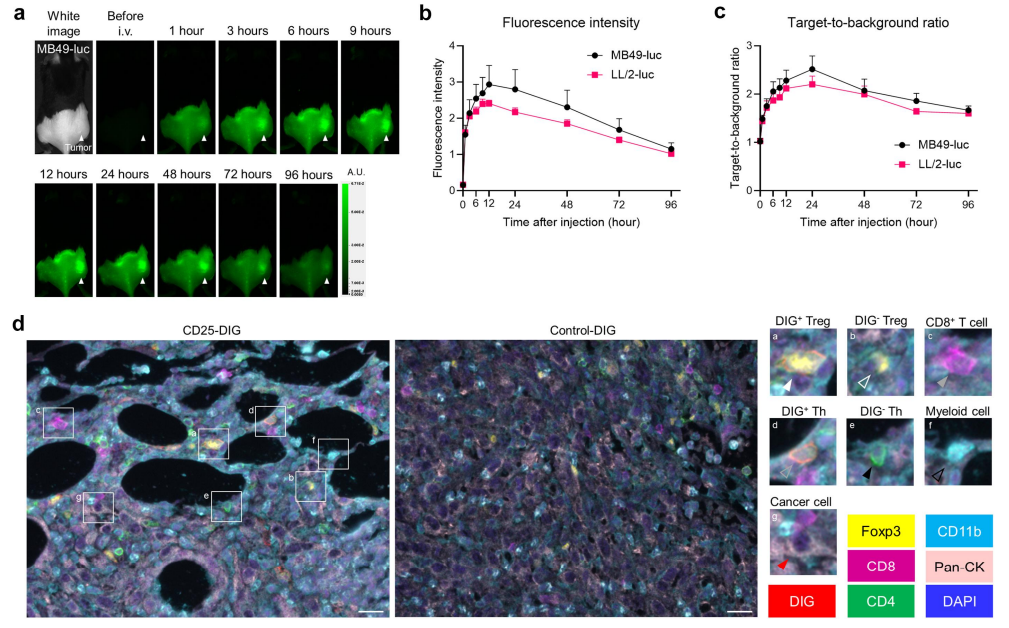
Enhancing Probe Targeting Precision in the Mouse Cortex with Functional Optical Imaging
Accurate targeting of cortical regions in rodent models is critical for a variety of neuroscientific applications, including electrophysiological recordings, viral vector delivery, and tracer injections.



